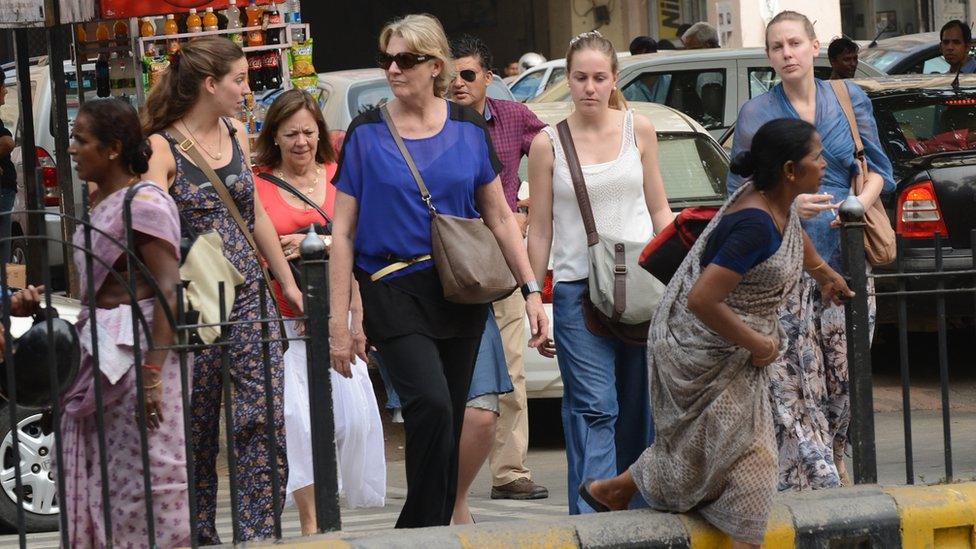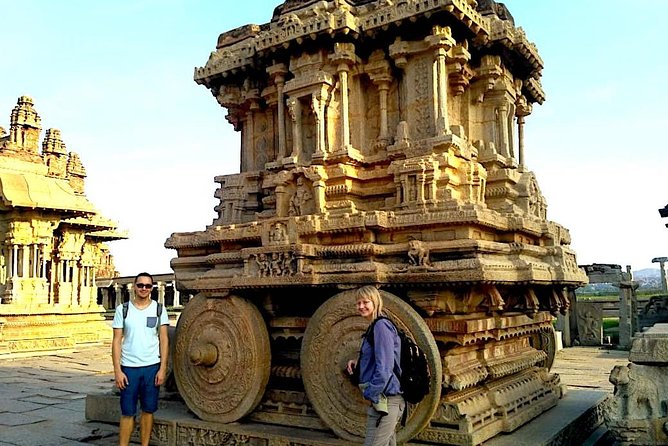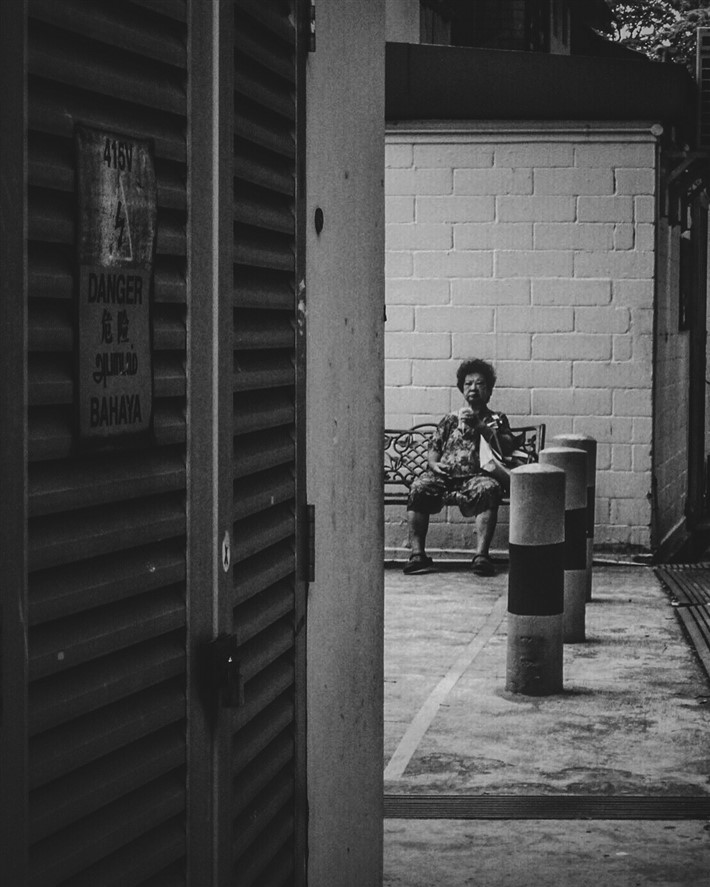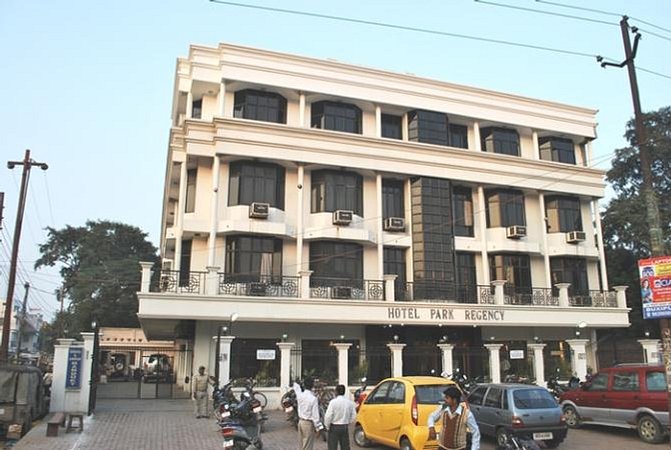Paying as a foreigner in India can seem daunting. But it’s simpler than you think.
Traveling to India offers a vibrant experience, but navigating payments can be tricky. Different payment methods, currency exchanges, and local norms might confuse you. Understanding how to pay in India helps you avoid common pitfalls and enjoy a hassle-free trip.
Whether you’re using cash, cards, or digital wallets, knowing your options makes transactions smoother. In this guide, we will explore various ways to pay as a foreigner in India. By the end, you will feel confident handling your finances in this diverse and fascinating country. Let’s dive in and explore the best payment options for your travels in India.

Credit: www.youtube.com
Preparing For Your Trip
Planning a trip to India? Exciting times are ahead! Before you dive into the vibrant culture, delicious food, and stunning landmarks, let’s get practical. Understanding how to handle money in a new country can save you a lot of headaches. So, let’s get down to the basics of currency and cards. Ready? Let’s go!
Research Currency Exchange
First things first, you need to get your hands on some Indian Rupees (INR). Research the best places to exchange your money. Banks and authorized currency exchange centers usually offer good rates. Avoid exchanging money at airports as they often have higher fees.
You can also check the current exchange rates online before you travel. Websites like XE and OANDA provide up-to-date information. Knowing the rates helps you avoid getting ripped off.
Consider carrying a mix of cash and cards. While bigger cities and tourist areas accept cards, rural areas might not. Having a small amount of cash handy can be a lifesaver.
Check Card Compatibility
Not all cards are created equal, especially when you’re traveling internationally. Before you jet off, check if your debit or credit card will work in India. Contact your bank and inform them about your travel plans. This way, they won’t block your card for suspicious activity.
It’s also wise to ask about any foreign transaction fees. Some banks charge extra for international purchases. If that’s the case, you might want to consider getting a travel-friendly card that doesn’t have these fees.
Here’s a quick checklist for your cards:
- Notify your bank about your travel dates.
- Ask about foreign transaction fees.
- Check if your card works internationally.
- Have a backup card, just in case.
Remember, preparation is key. A little effort now can make your trip smooth and enjoyable.
Understanding Indian Currency
Paying in India as a foreigner requires understanding the local currency. The Indian Rupee (INR) is the official currency. It is essential to familiarize yourself with the denominations and avoid counterfeit notes. This ensures smooth transactions during your stay.
Recognizing Denominations
Indian currency comes in various denominations. The coins include 1, 2, 5, and 10 rupees. The notes include 10, 20, 50, 100, 200, 500, and 2000 rupees.
Each denomination has distinct colors and designs. The 10-rupee note is brown. The 50-rupee note is fluorescent blue. The 100-rupee note is lavender. The 200-rupee note is yellow. The 500-rupee note is stone grey. The 2000-rupee note is magenta.
The notes also feature images of historical figures and landmarks. This makes identification easier. Familiarize yourself with these features to avoid confusion.
Avoiding Counterfeit Notes
Counterfeit notes are a common issue. To avoid them, examine the notes carefully. Genuine notes have security features. These include watermarks, security threads, and latent images.
The 500 and 2000-rupee notes have transparent windows. They also have color-shifting ink. Check for raised printing and micro-lettering. The notes should feel crisp and have no blurry text.
Use currency exchange services from authorized dealers. Avoid street vendors for currency exchange. This reduces the risk of receiving counterfeit notes.
Being vigilant helps ensure a smooth experience with Indian currency.
Using Cash
Using cash is one of the most convenient ways to pay in India. Many locals prefer cash transactions for small purchases. As a foreigner, understanding how to manage cash can enhance your experience.
Withdrawing From Atms
ATMs are widespread in India. You can find them in cities and towns. Use international debit or credit cards to withdraw cash. Most ATMs offer instructions in English. Choose the right option and follow the steps.
Be aware of ATM fees. Some banks charge for international transactions. Check the fee structure before using an ATM. Withdraw larger sums to minimize fees. Store the cash safely once withdrawn.
ATMs in tourist areas are reliable. They often have security guards. Use ATMs in well-lit places. Avoid withdrawing cash late at night. Safety should always be a priority.
Carrying Small Change
Small change is essential for daily transactions. Vendors and taxi drivers prefer exact amounts. Carrying small notes and coins makes payments easier.
Get small change from banks or shops. Ask for change when making larger purchases. Keep coins and small notes separately for quick access.
Organize your wallet. Separate large notes from small ones. This prevents confusion during payments. Having small change ready saves time and effort.
Use change for tipping. Small tips are appreciated in India. It’s a kind gesture and helps you connect with locals.

Credit: www.bbc.com
Banking Options
So, you’ve landed in the vibrant land of India and are wondering how to handle your finances? Well, you’re in the right place! Paying as a foreigner in India can be a smooth ride if you know your banking options. The first step is to understand the local banking system and choose the right bank for your needs. Let’s dive in!
Opening A Local Bank Account
Opening a local bank account in India can be a game-changer for managing your finances. It’s easier than you might think. Here’s what you need to know:
- Documents: You will need a valid passport, visa, proof of address (like a rental agreement), and passport-sized photos.
- Process: Visit the bank branch, fill out the application form, and submit the required documents. Some banks also offer online account opening services.
- Account Types: Look for savings accounts that cater to foreigners, as they usually come with benefits like minimal balance requirements and international debit cards.
Once your account is up and running, you can easily deposit money, withdraw cash, and make payments. Plus, having a local bank account can save you from hefty international transaction fees.
Best Banks For Foreigners
Choosing the right bank is crucial. You want a bank that offers excellent services and understands the needs of foreigners. Here are some top picks:
| Bank | Why It’s Great |
|---|---|
| State Bank of India (SBI) | SBI is the largest bank in India with branches in every nook and corner. They offer a wide range of services and have special accounts for NRIs (Non-Resident Indians). |
| HDFC Bank | Known for its excellent customer service, HDFC Bank offers various account options for foreigners and has a large network of ATMs. |
| ICICI Bank | ICICI Bank offers user-friendly online banking services and has international banking services tailored for foreigners. |
| Axis Bank | Axis Bank is known for its efficient services and easy account opening process. They also have good options for foreign nationals. |
If you’re still unsure, consider talking to other expats or joining local forums for personal recommendations. Remember, the right bank can make your financial journey in India much smoother.
So, there you have it! With the right bank and a local account, you’ll be navigating your finances in India like a pro. Happy banking!
Credit And Debit Cards
Traveling to India offers an incredible experience. As a foreigner, knowing how to pay is crucial. Credit and debit cards are widely accepted. They provide convenience and security. Let’s explore the details.
Accepted Card Networks
Visa and MasterCard are the most accepted networks in India. You can use them in many places. These include hotels, restaurants, and large stores. American Express and Discover cards are less common. Check with the merchant first.
Transaction Fees
Using foreign cards may incur fees. Banks often charge a foreign transaction fee. This is usually a small percentage of your purchase. ATMs might also have withdrawal fees. Check with your bank for details. Being aware helps you manage costs better.
Mobile Payment Solutions
Traveling to a new country like India can be both thrilling and a bit daunting, especially when it comes to handling money. Thankfully, the rise of mobile payment solutions has made it easier than ever for foreigners to pay for goods and services without the need for cash. Whether you’re buying a spicy street snack or a traditional handwoven scarf, mobile payments can save you time and hassle. Let’s dive into the popular apps you can use and how to set them up.
Popular Apps
India has embraced the digital payment revolution with open arms. Here are some of the most popular mobile payment apps that you can use:
- Paytm: One of the largest and most widely accepted mobile wallets in India. Paytm can be used for everything from booking flights to paying for a cup of chai.
- Google Pay: Known locally as GPay, it’s a reliable option that is linked directly to your bank account, making transactions smooth and quick.
- PhonePe: This app is user-friendly and supports a wide range of services, including UPI (Unified Payments Interface) payments.
- Amazon Pay: If you’re an avid Amazon user, Amazon Pay integrates seamlessly with your existing account, offering ease of use and great deals.
Setting Up Mobile Payments
Setting up mobile payments in India is straightforward, but it does require a few essential steps. Here’s a simple guide to get you started:
- Download the App: Head to the Google Play Store or Apple App Store and download the app of your choice.
- Register: Open the app and follow the registration process. You will need to enter your mobile number and verify it with an OTP (One-Time Password).
- Link Your Bank Account: Most apps require you to link your bank account. Enter your bank details and verify them through the provided steps.
- Set Up UPI: For apps like Google Pay and PhonePe, you’ll need to create a UPI ID. This is a unique identifier for your transactions. Choose a simple ID that you can remember easily.
- Add Money: If you’re using a wallet-based app like Paytm, you’ll need to add money to your wallet. You can do this through your bank account or with a credit/debit card.
Once you’ve set up your mobile payment app, you’re ready to make transactions. Simply scan the QR code at the merchant’s counter, enter the amount, and confirm the payment. It’s that easy!
Mobile payments are not just convenient; they’re also safe. Most apps use advanced encryption to protect your financial information. So, go ahead, enjoy your travels, and experience the ease of cashless payments in India!
Travelers’ Checks
Foreign travelers in India can use travelers’ checks for secure payments. These checks are widely accepted at banks and major establishments. Always carry your passport for verification.
Travelers’ checks are a secure way for foreigners to carry money in India. They offer safety compared to cash. You can replace them if lost or stolen. They are prepaid checks that you can use at various locations.Where To Use Them
Travelers’ checks are accepted at many places. You can use them at major hotels. Some larger shops also accept them. Banks and currency exchange offices are reliable options. They offer the best rates for travelers’ checks. Airports often have counters for exchanging travelers’ checks. Tourist areas may have places that accept them too.Pros And Cons
Travelers’ checks have several benefits. They are safer than carrying cash. If stolen, you can get replacements. They offer fixed exchange rates. You won’t worry about fluctuating currency values. But there are drawbacks too. They are less convenient than credit cards. Not all places accept them. You might face fees when exchanging them. You need to carry a passport for verification. Sometimes the process can be slow. Travelers’ checks provide safety but can be inconvenient. Consider your options based on your travel needs.Safety Tips
Traveling to India as a foreigner can be an exhilarating adventure, but it’s crucial to keep your finances secure while navigating this vibrant country. Below, you’ll find some essential safety tips to ensure your money stays safe and you avoid any unpleasant surprises. Let’s dive in!
Avoiding Scams
Scams can happen anywhere, and India is no exception. However, by staying alert and following a few simple steps, you can minimize the risk.
- Be cautious with street vendors: While many are genuine, some may try to overcharge you. Always bargain politely and know the approximate price beforehand.
- Use official taxis: Avoid unmarked taxis and insist on using services like Uber or Ola, which are more reliable and offer a record of your ride.
- Check your change: When paying with cash, ensure you receive the correct change. Count it in front of the vendor to prevent any misunderstandings.
Keeping Money Secure
Ensuring your money is secure is vital. Here are practical ways to protect your hard-earned cash:
- Use a money belt: A money belt worn under your clothes is a discreet way to keep cash and cards safe.
- Stay at reputable accommodations: Opt for well-reviewed hotels or hostels. They often have safety boxes or lockers for your valuables.
- Separate your cash: Don’t keep all your money in one place. Split it between your wallet, money belt, and luggage.
Remember, a little caution goes a long way. By staying vigilant and following these tips, you can focus on enjoying your journey without financial worries. Safe travels!

Credit: m.youtube.com
Frequently Asked Questions
How Can A Foreigner Pay In India?
Foreigners can pay in India using international credit/debit cards, cash (Indian Rupees), or digital wallets like Paytm and Google Pay.
How Do Tourists Pay For Things In India?
Tourists in India can pay using credit and debit cards. Mobile payment apps like Paytm and Google Pay are widely accepted. Cash is also used, especially in smaller towns.
How To Pay Someone In India From The Usa?
Use services like PayPal, Wise, or Western Union to transfer money. Bank transfers and international wire transfers also work. Ensure you have recipient’s correct details.
Can Foreigners Use Gpay In India?
Yes, foreigners can use Gpay in India. They need an Indian bank account and phone number to register.
Conclusion
Paying in India as a foreigner is straightforward with proper preparation. Bring a credit card for convenience. Cash is useful for small purchases. Mobile payment apps offer another option. Ensure your bank knows your travel plans. Check currency exchange rates before transactions.
With these tips, you’ll manage payments easily. Enjoy your trip without stress over money matters. Happy travels in vibrant India!





